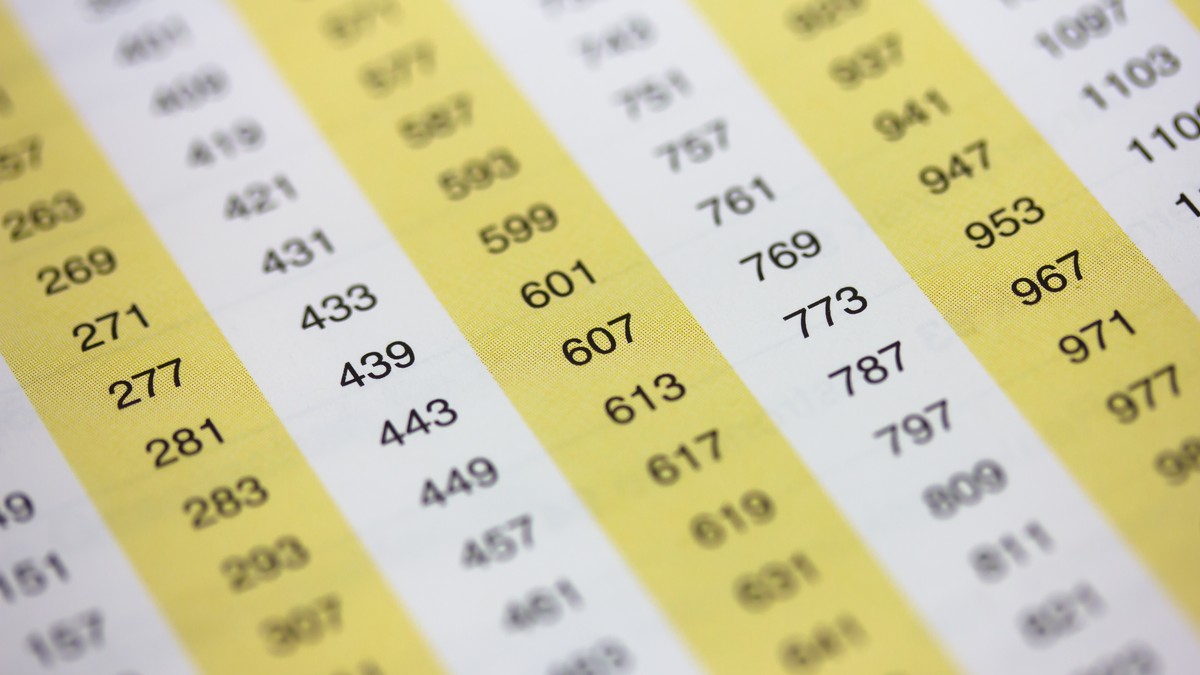Researchers Discover a Pattern to the Seemingly Random Distribution of Prime Numbers

The pattern has a surprising similarity to the one seen in atom distribution in crystals. Often known as “the building blocks of mathematics,” prime numbers have fascinated mathematicians for centuries due to their highly unpredictable and seemingly random nature. However, a team of researchers at Princeton University have recently discovered a strange pattern in the primes’ chaos.
Their novel modelling techniques revealed a surprising similarity between primes and certain naturally occurring crystalline materials, a similarity that may carry significant implications for physics and materials science. Prime numbers are integers (whole numbers) that can only be divided by themselves or the number 1, and they appear along the number line in a highly erratic way. This disorder is not without its uses.
Some of the most important types of modern cryptography are based upon the extreme unpredictability of very large prime numbers. For example, the widely used RSA encryption algorithm relies on the fact that it’s easy to take two very large prime numbers and multiply them, but extremely difficult to take a very large number and figure out which primes were multiplied together to make that large number (the specifics of how this works in the context of RSA encryption are explained in-depth here.)
Source: vice.com